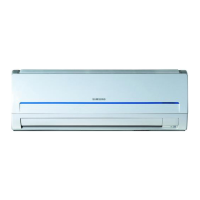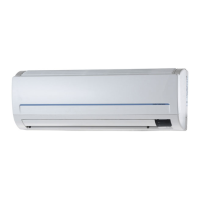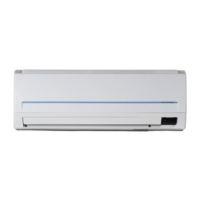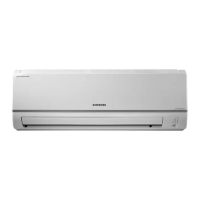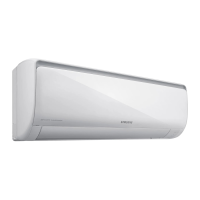
Do you have a question about the Samsung AQN09VFUAGM and is the answer not in the manual?
| Cooling Capacity | 9000 BTU/h |
|---|---|
| Energy Efficiency Ratio (EER) | 3.5 |
| Power Supply | 220-240V, 50Hz |
| Refrigerant | R32 |
| Noise Level (Outdoor) | 50 dB(A) |
| Operating Temperature (Cooling) | 18-43°C |
Discusses power supply compliance, grounding, voltage, frequency, and safety switches.
Details optimal placement for indoor and outdoor units for performance and accessibility.
Details items included with the indoor unit, like remote controllers and plates.
Lists items included with the outdoor unit, such as assembly cables and drain plugs.
Lists common tools like vacuum pumps, wrenches, and cutters needed for installation.
Specifies tools required for verifying the unit's functionality after installation.
Details steps for securing the installation plate to a wall, including anchor considerations.
Explains how to attach the installation plate to a window frame using wooden uprights.
Guides on using stud finders to properly mount the plate on gypsum board walls.
Details electrical work, wiring regulations, terminal connections, and precautions.
Explains how to connect pipes to the indoor unit, including cutting, flaring, and tightening.
Covers connecting extension hoses, routing, and ensuring proper drainage slope.
Procedure for leak testing the system with nitrogen gas before opening valves.
Method for leak testing the system with the actual refrigerant after opening valves.
Explains the pump-down procedure to safely collect refrigerant before disconnecting lines.
A checklist of items to verify before and during trial operation.
Step-by-step guide for performing trial operation of the unit.





